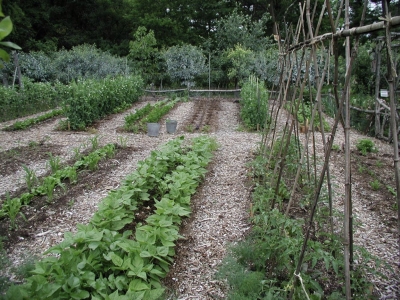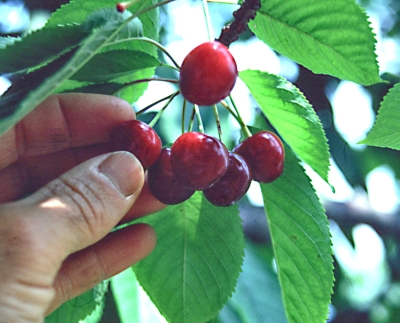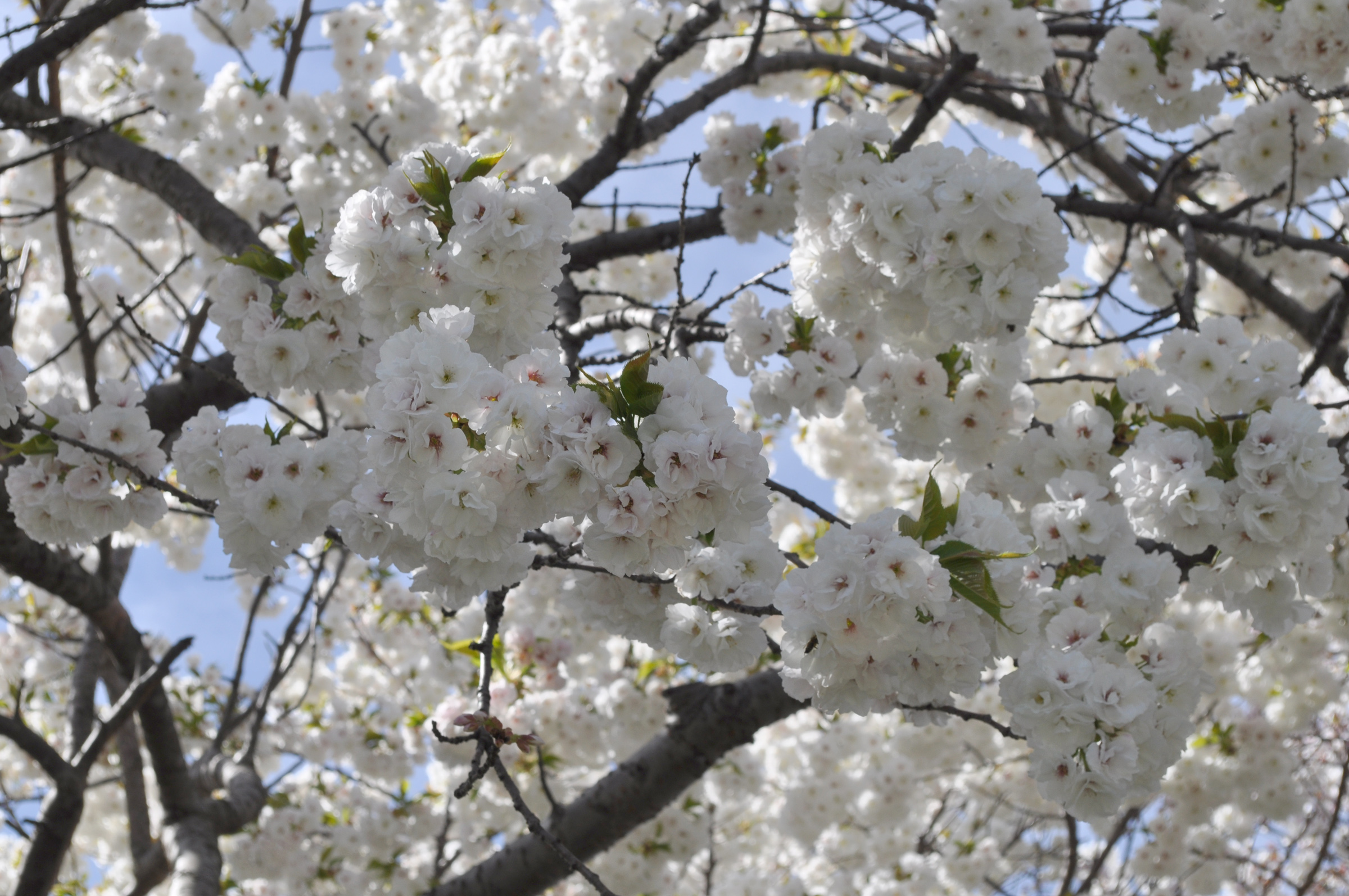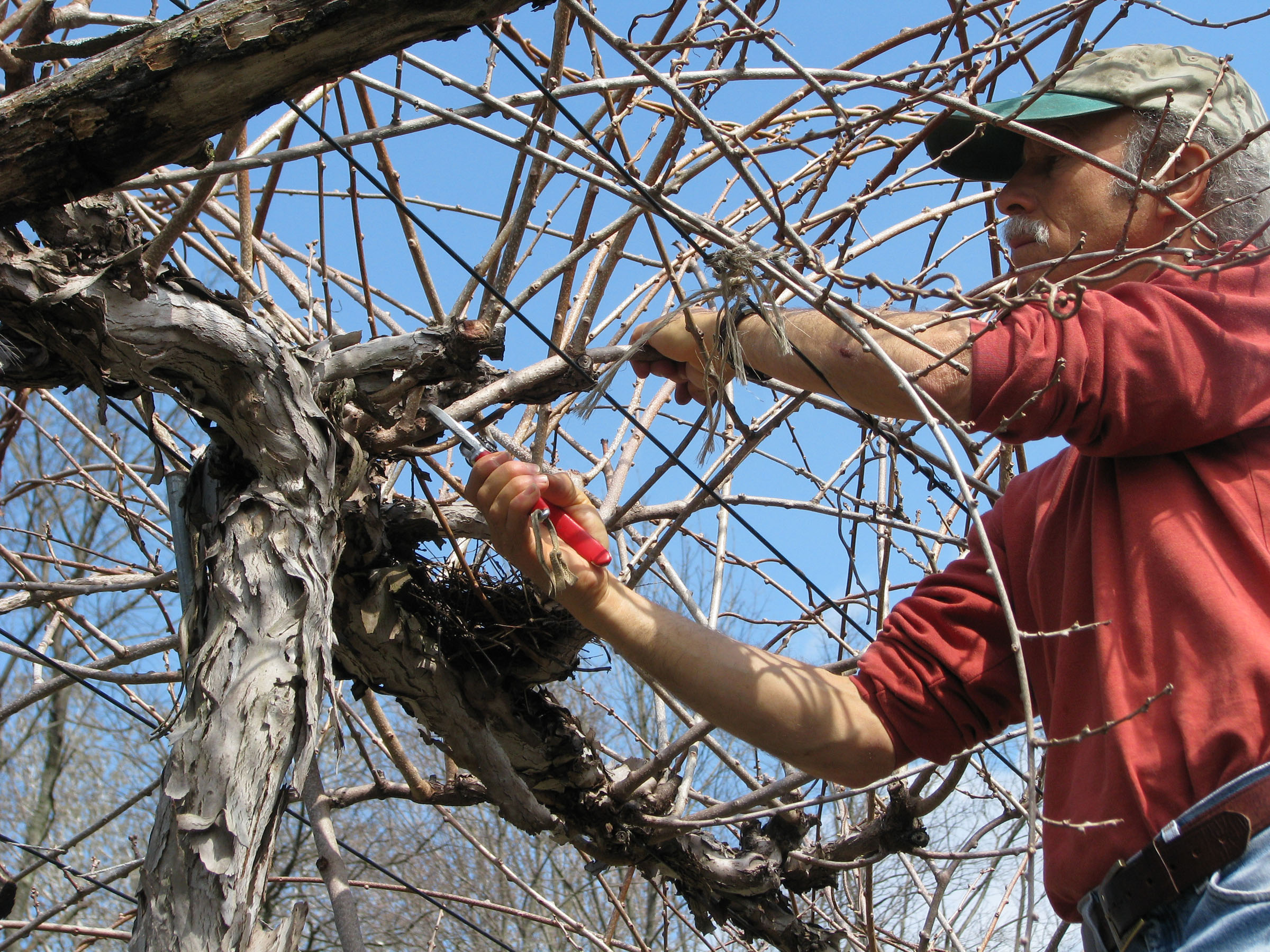PLOTTING ALONG
/5 Comments/in Gardening, Vegetables/by Lee ReichPossible Sources of Anxiety
Especially in years past, I would get a little tense this time of year, because sometime soon I would have to sit down and map out the year’s vegetable garden. As usual, ideas have been bouncing around inside my head for the past few weeks, but the day must come — before April 1st, my date for planting peas — when procrastination must bow to action.
When that time comes, I gather together on the kitchen table printouts of the empty beds in my two vegetable gardens, a sharpened pencil, and notes and plans of gardens past. After taking a deep breath, my first order of business, planning for crop rotation, begins. The theory: Plant no vegetable in the same spot sooner than every third year. The rationale: A garden pest might survive the winter to bother the same plant the following year . . . unless the plant happens to be growing elsewhere, in which case the pest starves and dies.
Pests usually are equally fond of all plants in a plant family, so I won’t grow tomatoes, peppers, eggplants, or potatoes (nightshade family) at the same location without waiting three years. Read more
HAPPY BIRTHDAY GEORGE
/1 Comment/in Flowers/by Lee ReichWas He a Bad Boy?
Washington’s birthday is a proper time to think about cherry trees. Rather than question whether or not George did chop down the tree, and whether or not he had the honesty to admit to the act, I wonder what kind of a cherry it could have been. (The story, incidentally, is apocryphal, having been fabricated by Mason Locke Weems for his 1802 book, Life of George Washington; With Curious Anecdotes, Equally Honorable to Himself and Exemplary to his Young Countrymen. “Parson” Weems also wrote of Washington throwing a silver dollar across the Delaware River).
That cherry tree could very well have been something akin to the sweet cherries we can buy or grow today.  Sweet cherries (Prunus avium), sometimes called bird cherries or, in their more wild state, mazzard cherries, were amongst the plants ordered from Europe by the Massachusetts colony in 1629. By 1650, there was a cherry orchard in Yonkers, New York, and before the end of that century, there were plantings in Rhode Island, Maryland, and Virginia. Trees became so abundant that in 1749, Peter Kalm wrote that “all travellers are allowed to pluck ripe fruit in any garden which they pass by, provided they do not break any branches; and not even the most covetous farmer hindered them from so doing.” So it is not unlikely that Papa Washington had a few sweet cherry trees planted at his farmstead along the shores of the Rappahannock River.
Sweet cherries (Prunus avium), sometimes called bird cherries or, in their more wild state, mazzard cherries, were amongst the plants ordered from Europe by the Massachusetts colony in 1629. By 1650, there was a cherry orchard in Yonkers, New York, and before the end of that century, there were plantings in Rhode Island, Maryland, and Virginia. Trees became so abundant that in 1749, Peter Kalm wrote that “all travellers are allowed to pluck ripe fruit in any garden which they pass by, provided they do not break any branches; and not even the most covetous farmer hindered them from so doing.” So it is not unlikely that Papa Washington had a few sweet cherry trees planted at his farmstead along the shores of the Rappahannock River.
That abundance of cherry trees and cherries is interesting because here in the Hudson Valley, in Eastern US in general, sweet cherries are not an easy crop. Read more
OUT TO PRUNE, WITH WHAT?
/17 Comments/in Pruning/by Lee ReichPruning (Book) Perks
One perk of writing a book about pruning (The Pruning Book) is that, in the months after publication, I kept getting gifts in the mail, gifts in the form of pruning tools to try out. The pruning shears hang on a row of wooden pegs near my back door, loppers hang on pegs in the garage, and hand saws fill a five gallon bucket. All the big-name brands are represented, from ARS to Bahco to Corona to Felco to Fiskars to Silky. With many models of each brand of tool at my fingertips, it’s easy to know which ones I like the best. They’re the ones for which I reach most frequently.
With the coldest part of winter behind us (and even that not very cold), it’s time for me to start pruning. A sunny day with temperatures in the 40s makes pruning an enjoyable excuse to be outdoors. Into my leather holster, which came with the shears, goes my ARS hand pruning shears. Sometimes, if I need to cut stems that are a bit beefier, I’ll grab instead my Felco shears. Or, for lighter pruning, my Pica shears. Those are my three favorites. All are excellent although the ARS shears have the edge for me.
But that’s me. As they say, “Your results (preferences) may differ.” Read more



